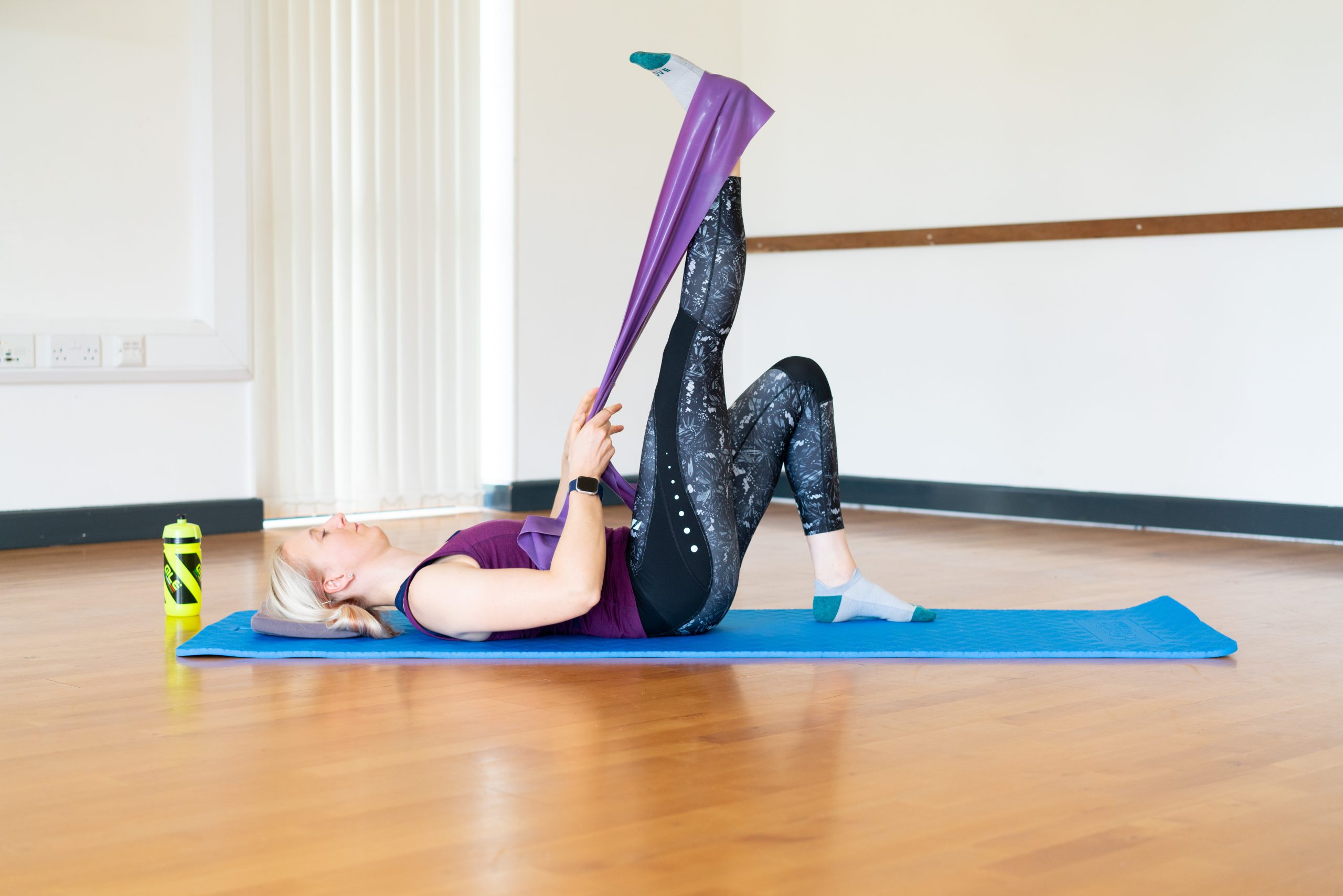How muscles stretch.
Before I begin talking about stretching and its many benefits I first wanted to explain how and why your muscles stretch.
Within each muscle and tendon, you have spindles, these little receptors monitor the muscle’s length and rate of changed length.
One of their most important jobs is stopping you from over stretching muscle’s and tendons, they do this by sending out reflex contraction to stop the movement. The faster the stretch movement the stronger the contraction. This is known as your stretch reflex. As the joint moves towards the end of its range of movement (ROM) the risk of injury to the joint itself and soft tissue become greater, when this happens your body jumps in with the stretch reflex and stops the contraction before damage can be done. Pretty cool hey!
The Golgi tendon organs (GTOs) are nerve receptors within the tendons, they are sensitive to both concentric and eccentric muscle tension changes. A number of muscle fibres pass through each GTOs they are situated at the junction between the muscle and the tendon and look out for unnecessary tension, when they feel tension above a certain threshold they allow for lengthening in the muscle to release the tension in the tendon.
Types of stretching.
Active stretching:
Stretching using an ‘active’ range of movement (ROM) is called active stretching. It happens when we use one muscle groups contraction to put the joint through a range of movement that stretches the opposing muscle group. For example, pulling your shoulder blades together stretches out your chest muscles.

Passive stretching:
This type of stretching involves using an object or person to help you stretch, for example a resistance band around your foot to help you in a hamstring stretch.

Static stretching:
A static stretch is like it sounds, still, you take the joint slowly to the end of its ROM and then hold it still. This type of stretching is very safe and easy to practise at home. With a static stretch you can also increase the stretch, because it is done slowly the bodies stretch reflex calms down as the stretch is held allowing you to stretch the muscle further.

What is proprioceptive neuromuscular facilitation (PNF) stretching?
PNF stretching uses the GTO reflex by purposely putting the tendon under tension, causing the reflex action of muscle relaxation. To stretch very tight muscles, you need to stimulate the GTOs and not the muscle spindles this is best done through slow static stretching.
PNF stretching should be approached with caution and not be practised more than once per 3 6hour period per muscle group.
CRAC stretching:
Contract, Relax, Actively Contract or CRAC stretching uses active stretching and PNF together to work muscles in pairs, so the antagonist and agonist. As one muscle contracts, its antagonist relaxes allowing movement at the joint.
This method of stretching is especially useful when trying to improve active ROM as it stretches one muscle, it builds strength in the other.
Muscle growth and stretching.
Stretching is the key to muscle growth and balance, it also lowers your risk of injury whilst strength training. Stretching elongates the muscle fascia, which is the protective sheath around the muscle, then the muscle has more room to grow. Fascia tissue can become thick and tough if not stretched and this decreases your ROM.
In Pilates we use a variety of stretches to make sure we keep good muscular balance and flexibility. Check out my Pilates move and stretches page for stretches you can do from home.
Favorite



